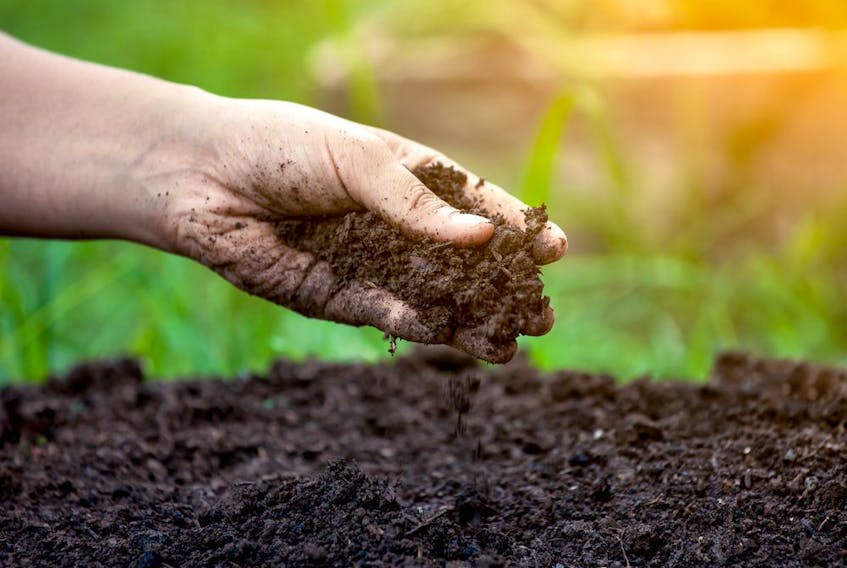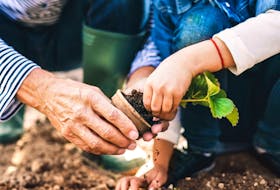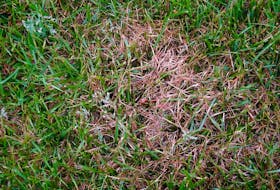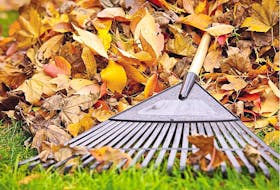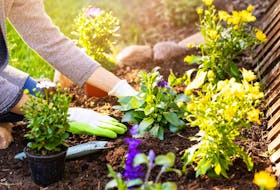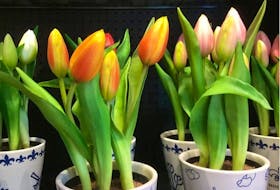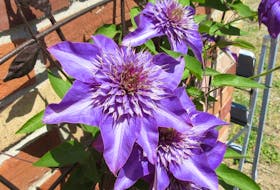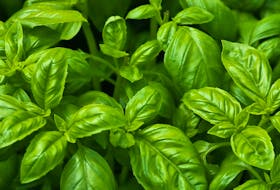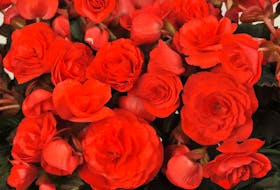The pandemic has been tough to weather, but some silver linings have emerged, such as a renewed interest in gardening. Some are getting back into gardening after an absence, but I’ve been receiving a lot of letters from younger people who have never gardened and want to give it a try.
This is the first in a series of three columns taking us back to gardening basics: today we look at soil.
Q I am a new gardener just moving into a new house. The builder brought in top soil but put it right on top of what I think is clay. What can I do to get this mess ready for growing our vegetable garden?
A Topsoil is called the A level. Below the A level is the B level, which is clay, and it has far less organic matter than the A level. Below the B level is the C level, which is more clay and even less organic matter. Although we have a good layer of topsoil in Edmonton and area, this layer is scraped off during construction of housing developments and is stockpiled. After construction, when the topsoil is replaced, it may have been mixed with some clay from the B level, or even the C and then returned to the site making it poorer in quality than it was originally.
This situation is not only true for new construction but in many older, more established areas as well. Another problem is, sometimes builders only return a thin layer of topsoil, maybe 10 cm, instead of the thick layer originally found on the site, and no matter what you plant, the roots will be in clay. If you have control over the amount of topsoil being placed around your new construction, try to get at least 20 cm of topsoil in your beds.
If you’re in an established home, you’ll need to add amendments to improve the quality of your soil — this is easier said than done. Adding organic matter, such as compost or rotted manure, is the best way to improve the clay problem. How much to add? A good start would be 7.5 to 10 cm of organic matter.
It’s your choice on how to incorporate this matter into your soil. You can rent a tiller and turn it in to a depth of 35 cm. The first problem with this is, you’ll need to make sure the soil and clay levels are dry. Using a tiller on wet clay will only exacerbate the problem by compacting the clay further. Secondly, be prepared for a rough ride — tilling into clay is a bumpy adventure to say the least, but it can be done.
The alternative is even more labour intensive, but it’s an age-old solution to the problem — double-digging. With this method, you start with a 30 cm wide strip and remove the topsoil from this strip placing the soil into a wheelbarrow or container. Next, add 5 to 7.5 cm of organic matter to the subsoil and work it into the existing clay with your spade. The next step is to dig another 30 cm wide strip right next to the first one, but instead of putting the topsoil into a container, you put the topsoil on top of the organic matter in the previous trench. You continue along using this method until the whole bed is done. I know this is arduous labour, but it really works and can be done a trench or two at a time.
You’ll need to keep adding compost or manure to your topsoil every year as well as the original addition of organic matter. Adding 5 cm of organic matter to every bed each year is an excellent idea for anyone with less than ideal soil conditions. This addition will not have to be incorporated as intensively into the clay layer.
Even if your situation doesn’t have a lot of clay, the addition of organic matter to your soil and incorporating it into the mix will result in the best soil for producing your own vegetables, flowers, shrubs and trees.
There are other local experts who also dig into this topic, such as Salisbury Greenhouse , the Edmonton Horticulture Society and former Edmonton Journal contributor, Jim Hole .
Next week, we’ll be talking about planning you garden, and you’ll find that online Friday.
Send me your questions to [email protected] , tweet at @justaskjerry01 or check out my book, Just Ask Jerry .
Copyright Postmedia Network Inc., 2021

